aRTICLE
Sustainable and Environmental Concepts for Interior Design
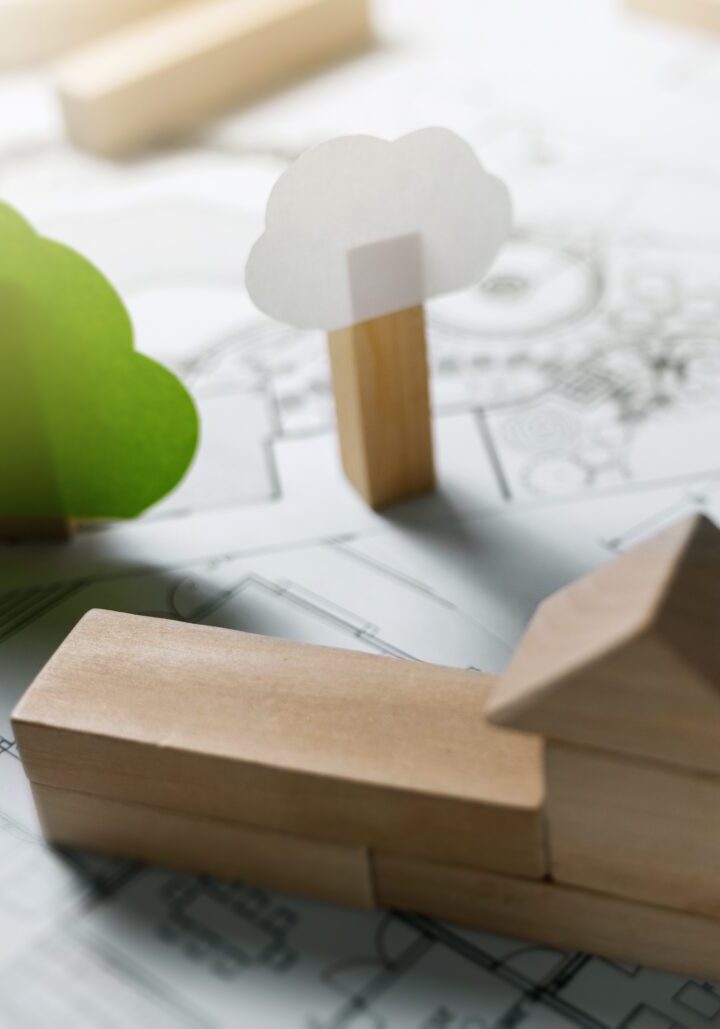
What is Sustainable Interior Design?
Two of the most relevant and widely used words are sustainable and environmental design in the building industry. 40% of global energy consumption is used in the residential building environment and produces 33% of greenhouse gases. You can make a difference by choosing sustainable and environmental products and implementing these into your current home or new build.
Do you understand what these are? and how to use these principles when planning an interior design space, renovation, or new build.
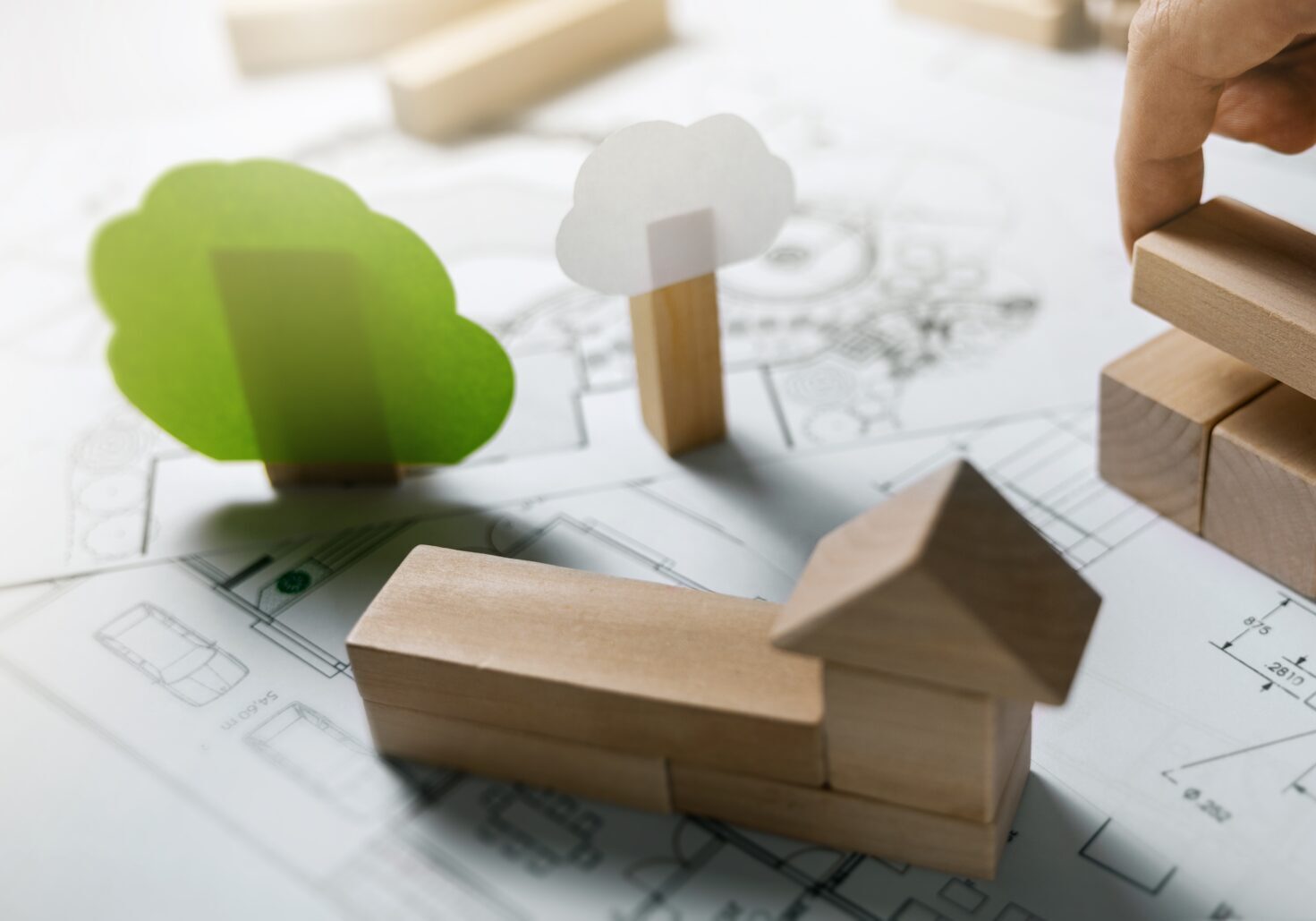
First, let’s look at what these terms mean. No longer is a product just for aesthetic appeal. It has to look good but also be energy efficient and have a renewable or recycled function so that it is not used just once and then disposed of. Ways to do this include reducing waste on project sites, durability, low carbon footprint and the ecological impact on natural resources like water heating and land use. When these elements are combined, you will create warmer, energy-efficient, functional living spaces that are better for health and well-being.
First, let’s look at what these terms mean. No longer is a product just for aesthetic appeal. It has to look good but also be energy efficient and have a renewable or recycled function so that it is not used just once and then disposed of. Ways to do this include reducing waste on project sites, durability, low carbon footprint and the ecological impact on natural resources like water heating and land use. When these elements are combined, you will create warmer, energy-efficient, functional living spaces that are better for health and well-being.
Sustainable Design Principles
Three categories are used to incorporate these elements into interior design: Optimal Site coverage, Minimising non-renewable energy consumption, and Incorporating natural and renewable products into your project.
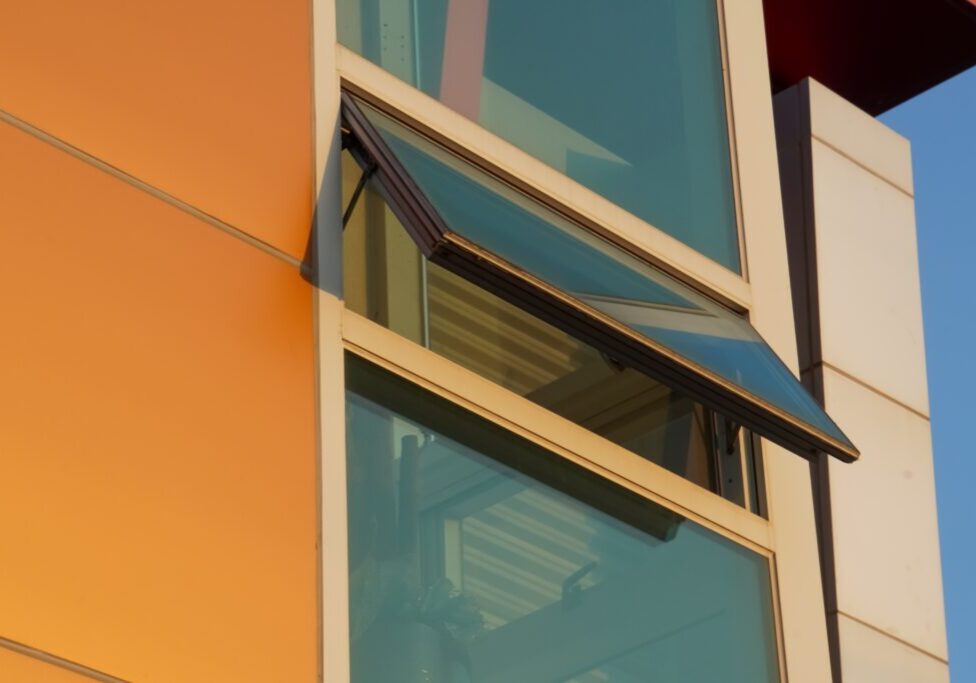
Ways to include Green concepts
Ways that you can do this include the use of energy-efficient doors and windows. Use organic materials like renewable wood, wool and stone. Where possible, source locally made products from your area and country to limit the transportation costs. Implementing waste reduction with separate bins will reduce waste going to the refuse station. Consider what items can be recycled or donated to local thrift or building recyclers in a renovation or site clearance.
Sustainable furniture options
Instead of using cheaper furniture options, why not invest in durable classic pieces that will stand the test of time. Consider dining tables that can extend for family functions, created by local craftspeople who can make a one-off bespoke piece. The upside of this is it boosts your local economic community and creates a family heirloom that can be passed down to future generations.
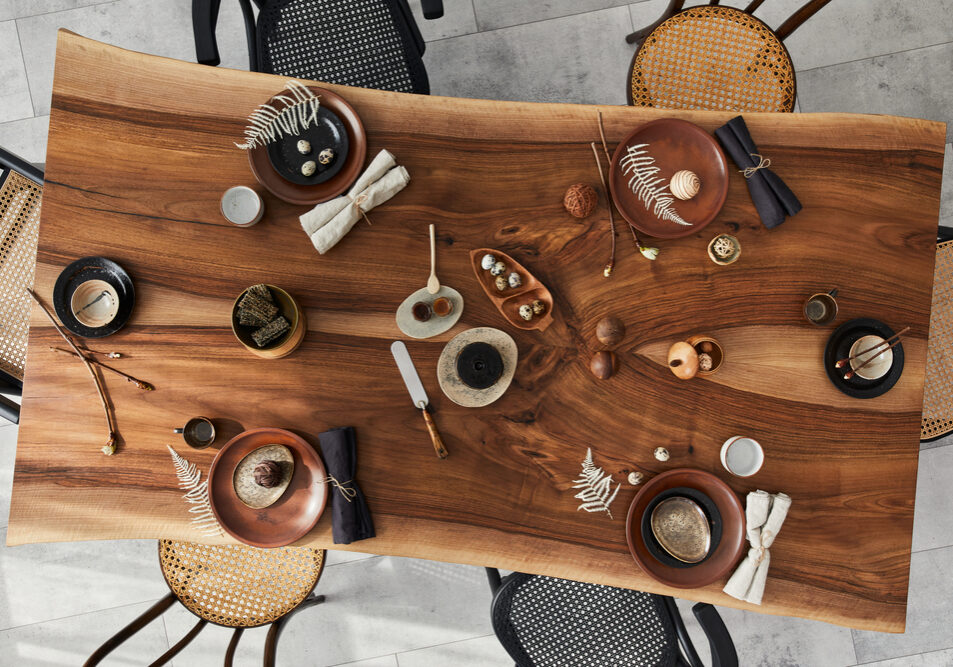
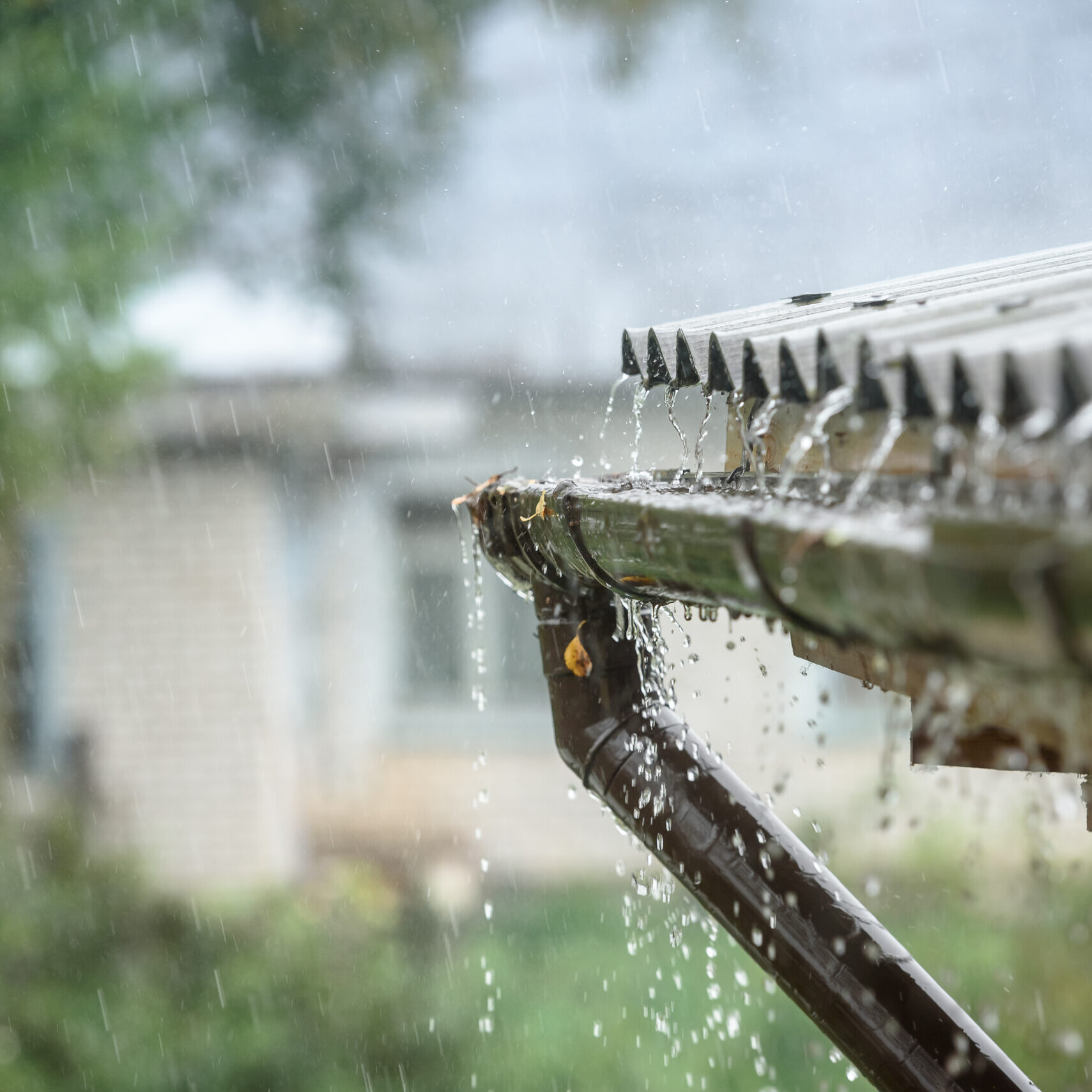
Space planning
When planning a room or living space, consider how the areas will be used now and in the future. A sustainable practice is designing multipurpose areas that can evolve as the family requirements change without having to redo significant renovations.

Harness Natural resources
Natural resources like water harvesting, solar panels and passive heating or cross ventilation all help create natural, sustainable, and environmental properties in the home.
The importance of natural air ventilation to heat and cool the home is extensively understood. A good architect and Interior Designer will incorporate these in the space planning. These can include sliding doors that can open and close depending on the prevailing wind and weather and using solar panels to Harness the sun's natural heating resource for heat pumps and air ventilation systems.
Power, water and heating are costs that have been steadily increasing over the last decade. Why not invest in these so that your day-to-day outgoings are less? Some banks are offering interest-free or low-interest rates top-ups on mortgages for energy-efficient use to help you become more sustainable and enable a warmer and drier home.
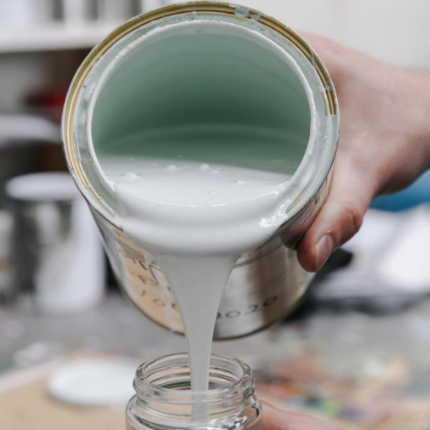
using non volatile organic compounds (Vocs)
Use nontoxic water-based paints from Natural Paint NZ. https://www.naturalpaint.co.nz/ or air-lite paints (that help filter the air in your home).
Use organic floor coverings like wool carpets, which are non-allergenic. Biophilic elements with house plants and non-shedding pets help prevent allergies and environmental pollutants from entering and harming the homeowner’s airways by preventing viruses and fungus from entering the human body. Using eco-air purifiers with bamboo, coconut, and recycled plastics can all help reduce the environmental impact.
“Study nature, Love nature, Stay close to nature, and it will never fail you”
Frank Lloyd
Lighting options
Natural light in interior spaces is hugely important for occupant health and well-being and plays a central role in regulating circadian rhythm (The body’s internal clock tells us when to be awake and asleep). Clever use of lights using energy-efficient LED bulbs will help create mood lighting within the home and are eco-friendly and recyclable.


Improving people's wellbeing by creating beautiful, sustainable, and harmonious interior spaces that reflect a person's unique life journey.
Testament Interiors By Sarah Parry
In Summary
I am deeply committed to sustainable and environmental design. Given that we spend a substantial portion of our lives in our homes and work environments, investing thought and time in creating a relaxing, healthy, and energy-efficient space is essential for overall well-being and happiness, both now and in the future.
Contact Testament Interiors By Sarah Parry to explore how you can incorporate sustainable and environmental design principles into your next project.
Sign up for my newsletter to ensure you will receive these tips.
Blessings Sarah Parry

Let’s work together
If you would like to incorporate sustainable practices into your home or commercial space, contact me to book a free 20-minute discovery call.
